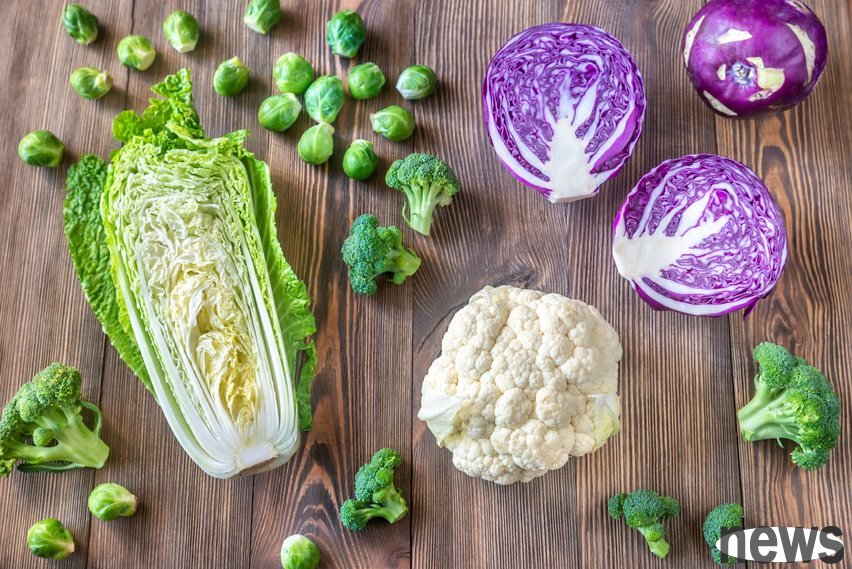If you are looking for vegetables rich in vitamins, minerals and even anti-cancer properties, Cruciferous Vegetables may be your best choice. What vegetables belong to the Crusogenaceae? What are the nutrients and health benefits of cruciferous vege...

If you are looking for vegetables rich in vitamins, minerals and even anti-cancer properties, Cruciferous Vegetables may be your best choice. What vegetables belong to the Crusogenaceae? What are the nutrients and health benefits of cruciferous vegetables?
What are cruciferous vegetables?The reason why cruciferous vegetables are called the Crusade family is because their flowers look like crosses, and their colorful appearance also shows their rich nutrition.
Common cruciferous vegetables include:
. Arugula. Cabbage
. Green and white vegetarian
. Brussels blue
. Gaoli
. Cauliflower
. Coat kale
. Horseradish
.六六
. Watercress
. What nutrients are there for wasabi
cruciferous vegetables?Cruciferous vegetables are rich in nutrients, including a variety of cruciferin (β- cruciferin, lemon, corn yellow), vitamins (C, E, K and leaf acid) and minerals. At the same time, they are also good sources of dietary standards.
In addition, cruciferous vegetables contain a group of substances called glucosinolates, which are sulfur-containing substances. These chemical substances lead to the spicy aroma and bitter taste of cruciferous vegetables, which may also help fight cancer.
Are cruciferous vegetables part of a healthy diet?According to the classification of the American Agricultural Department, vegetables are divided into five subcategories, including deep green vegetables, red and orange vegetables, beans and peas (legmaceae), powdered vegetables and other vegetables. Crusogenic vegetables belong to the "deep green vegetables" category and the "other vegetables".
Generally speaking, higher vegetable intake may help prevent certain diseases, including some types of cancer. However, when researchers tried to separate cruciferous vegetables from other food areas in their diet, it was difficult to get clear results because the study participants might find it difficult to remember what they had eaten.
In addition, people who eat cruciferous vegetables may be more likely to have other health behaviors that help reduce disease risks than those who do not.
Why do cruciferous vegetables easily make people fart?Although cruciferous vegetables such as calcare, arugula, cauliflower and cauliflower can actually cause an increase in the frequency of farting, despite their reputation, they are not the only culprits.
In fact, when we take in digestible carbohydrates, such as in the veins, they enter the kidney through our stomachs, where the microbiomes break down them to feed themselves and produce gases in the process.
In a sentence, eating any food rich in dietary fiber, especially fermentable fiber, will lead to more gas production. Other traditional foods related to farting, such as beans, also have rich fibers.
If you want to avoid the gas caused by cruciferous vegetables, cooking these vegetables or eating them with other side dishes can help break down those indigested carbohydrates and thus reduce their potential for gas.